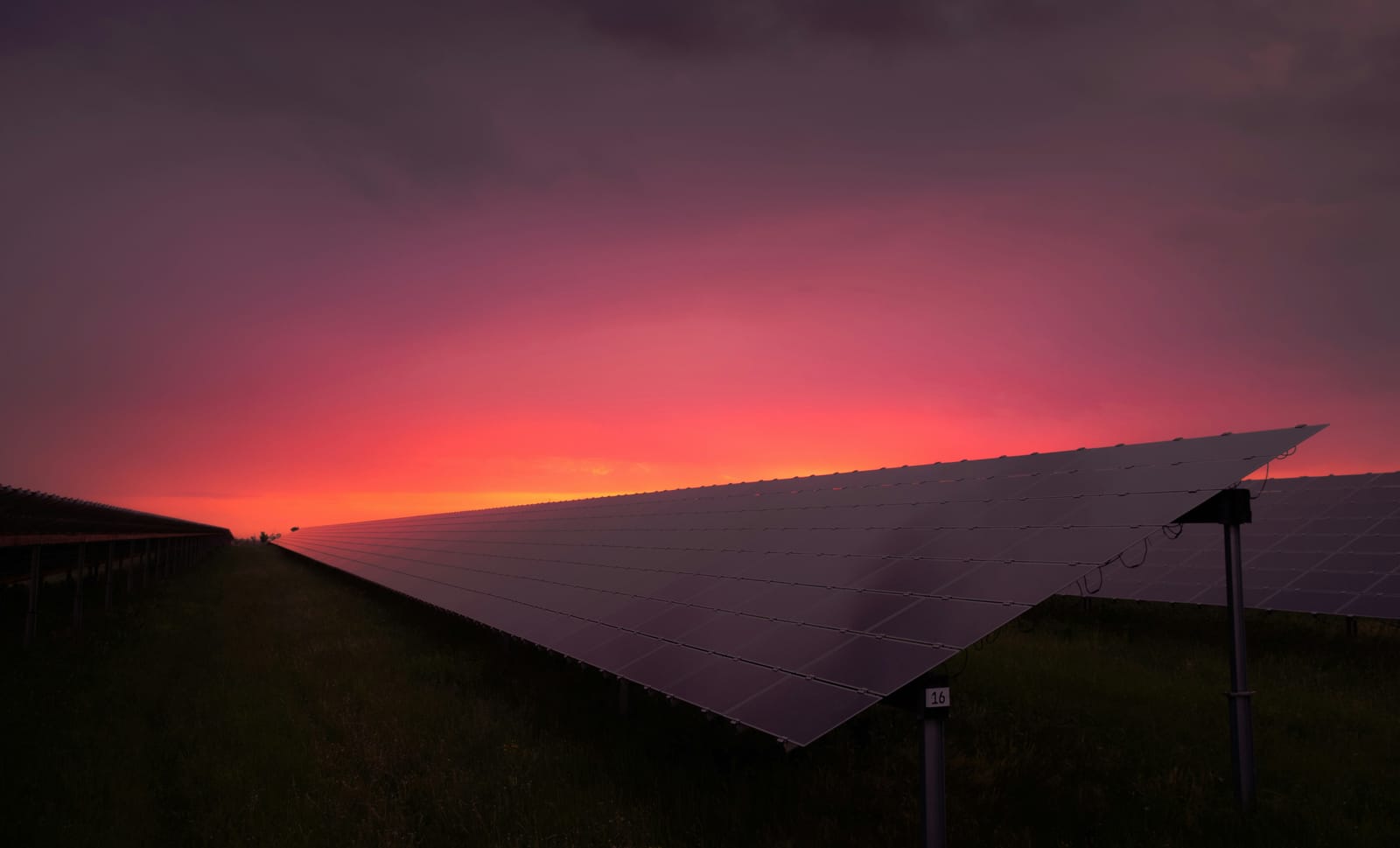If we played word-association and I said "Farmer", I can guess with some certainty your response would be something along the lines of crops, cattle, or maybe John Deere. But the attributes of the traditional farmer are starting to change as solar farming has been introduced. We're now seeing farmers able to supplement and boost their profits by either developing solar farms on their properties, or leasing their land to other renewable energy developers. In doing so, these farmers are giving themselves a buffer against volatile crop prices and rising operating expenses that make it harder for them to keep the lights on.
From Gardens to Farms
In many cases, in order to create significant renewable energy for population centers, solar developers group panels together in what are called "solar farms". You can think of it similar to growing vegetables in your backyard garden versus growing them at a large-scale vegetable farm. It works out well for both farmers and developors since solar developers require large parcels of flatter land and the farmers can gain a new income stream from previously underutilized land they own. So far more than 116,000 farms had solar panels installed as of 2022, a 30% jump from just a few years prior. The trend is sure to continue on in the future, as the IRA (Inflation Reduction Act) helps to accelerate incentives for renewables development.
It's estimated landowners could get $1,200 per acre annually in a solar lease.
The country's 5 largest ag states are poised to receive around $155 billion in renewable energy investments by 2030.
Fearful Farmers
The growing interest is the latest trend in the US renewables push, but slated for significant future growth. The American Farmland Trust estimates we can expect over 83% of future solar developments to take place on agricultural soil. And although that sounds exciting from an energy perspective, many farmers worry the trend may begin to shrink available farmable land that could be used for food production. So far the USDA estimates we've already lost around 20 million acres of farmland due to various reasons between 2017 and 2022 alone, which is nearly the size of the state of Indiana. However, depending on our renewable energy mix, having solar account for as much as 40% of US electricity would only really utilize 1% of America's available farmland.
Seeds for you to Water
Making farmer's some extra cash is music to everyone's ears, but those fearful farmers have a point too. As the population rises and big food companies continue to contaminate large-scale growing operations, we'll rely on small to mid scale farms more than ever. The last thing we'd want to do is risk losing fertile land by incenvizing farmers to trade food for fuel. And although the word farm might bring you pictures of the countryside, maybe it's time we start to change our word associations. After all, I can think of a lot of other unproductive flat surfaces that solar could be located besides on farms. Next time you're in a plane or get an aerial view of a city surrounding an airport, use your imagination to visualize how many of those flat roofs you could cover in solar instead. And who knows, maybe you'll associate something else when you hear the word farmer next time.








